$12.95 Original price was: $12.95.$9.07Current price is: $9.07.
- The Quality Choice for Smart Shoppers
- Quality You Can Trust
- Effortless solutions, excellent customer care.
- Free and fast shipping worldwide

We love finding new “magic” pantry ingredients from around the world that instantly boost flavor, and this Yondu is no exception. Fermented soybeans and a rich stock made from a robust blend of vegetables—including shiitake mushrooms, onions, garlic and cabbage—yield a concentrate bursting with umami. Not only will it give you delicious savory vegetarian broth in the blink of an eye, it can also be used as a secret umami boost for everything from marinades to cooked grains. We love how it’s an easy-to-pour liquid (and not a paste, which can be harder to incorporate into dishes) and how deeply savory its flavor is compared to store-bought broths—which can taste too sweet from relying on carrots. It’s wonderfully earthy from alliums and mushrooms, yet remains balanced. And the yeast extract, a popular ingredient for boosting savoriness in vegan dishes (and for creating the distinctive flavor of Marmite), produces an incredibly rich, intensely savory character that complements the Yondu’s complex flavors perfectly.
[/description-break] Ingredients [/title] Ingredients: Organic soybean essence (organic soybeans, water, salt, rice), organic vegetable stock (white radish, cabbage, leek, shiitake, garlic), yeast extract[/accordion] Specifications [/title]Net Volume: 9.3 fl oz
Place of Origin: Korea[/accordions-break]This all-purpose umami seasoning is a Korean pantry secret.[/banner_heading]Organic soybeans are slowly fermented in three stages to coax out their natural, deeply savory flavor before being blended with a concentrated broth from eight different vegetables including cabbage and onion to add complex layers of flavor.[/banner-text-break]There are infinite ways to incorporate Yondu into your cooking. Stir it into soups, stews and marinades for meat, or add it to cooking water for beans and grains—you can even use a splash to deglaze a pan. Obviously, it’s up to personal preference how much you decide to use (and the pour spout makes it easy to add one drop at a time), but we like to use 1 tablespoon of Yondu for every 2 cups of grains, sautéed vegetables or water (for broth). We love to use it in place of the soy sauce in our Pan-Seared Miso-Marinated Skirt Steak, as well as the broth for our Turkish Red Lentil Soup. It also adds a welcome savoriness to our Pasta with Cherry Tomato Sauce and Pistachios—just add 2 tablespoons along with the tomato paste. [/how-to-use-break]
Be the first to review “Yondu Vegetable Umami” Cancel reply
Related products
Grains, Rice & Beans
Concentrates & Pastes
PANTRY
Cocktails
Candy, Cookies & Sweets



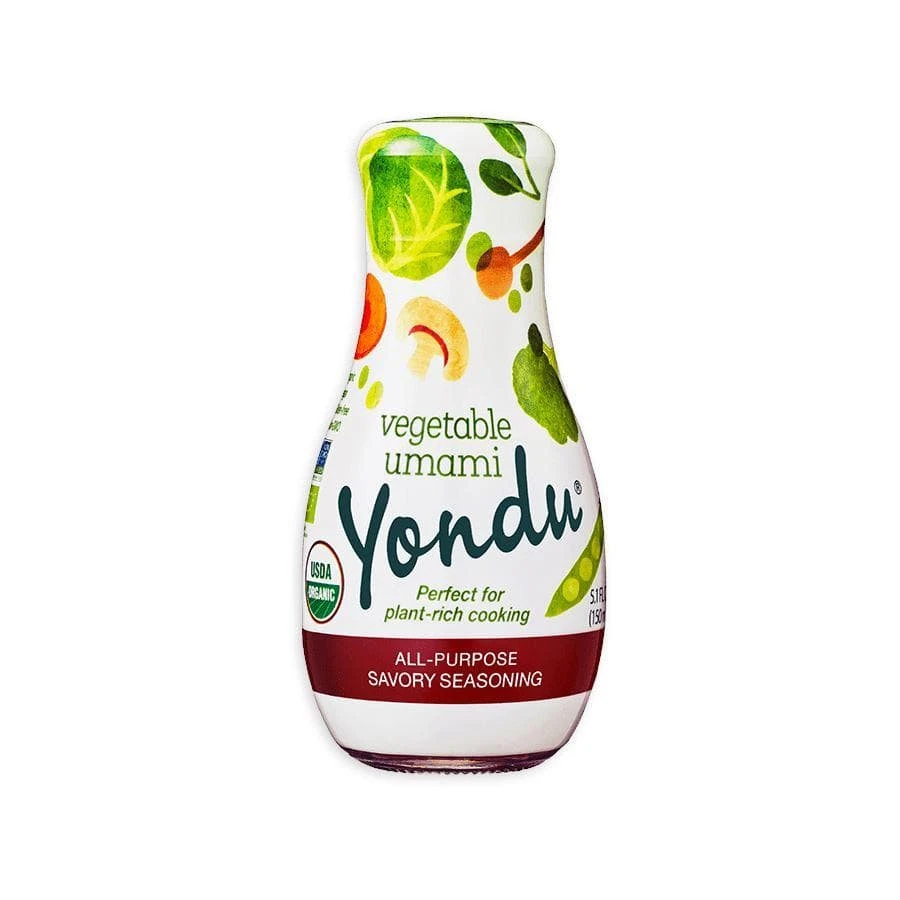
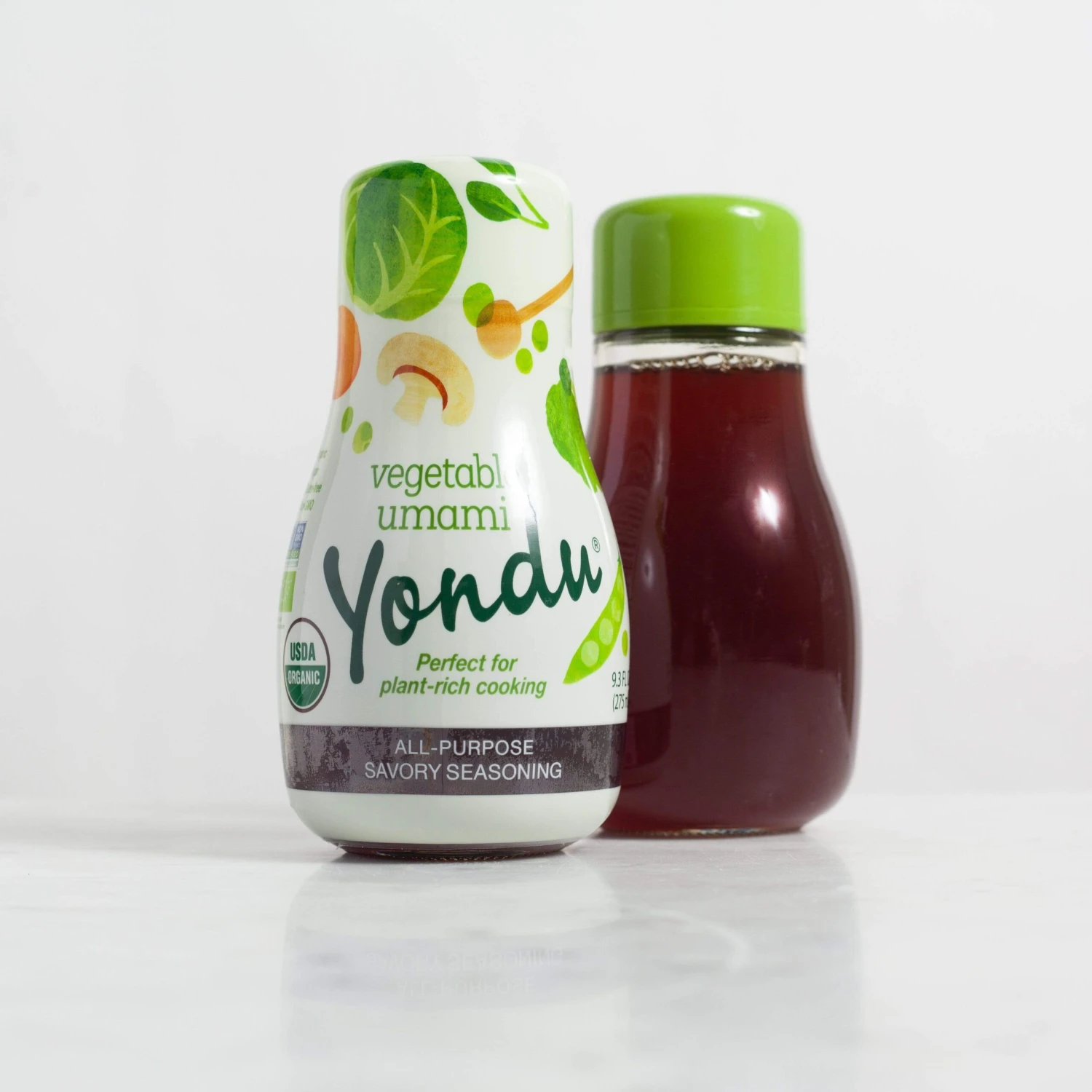

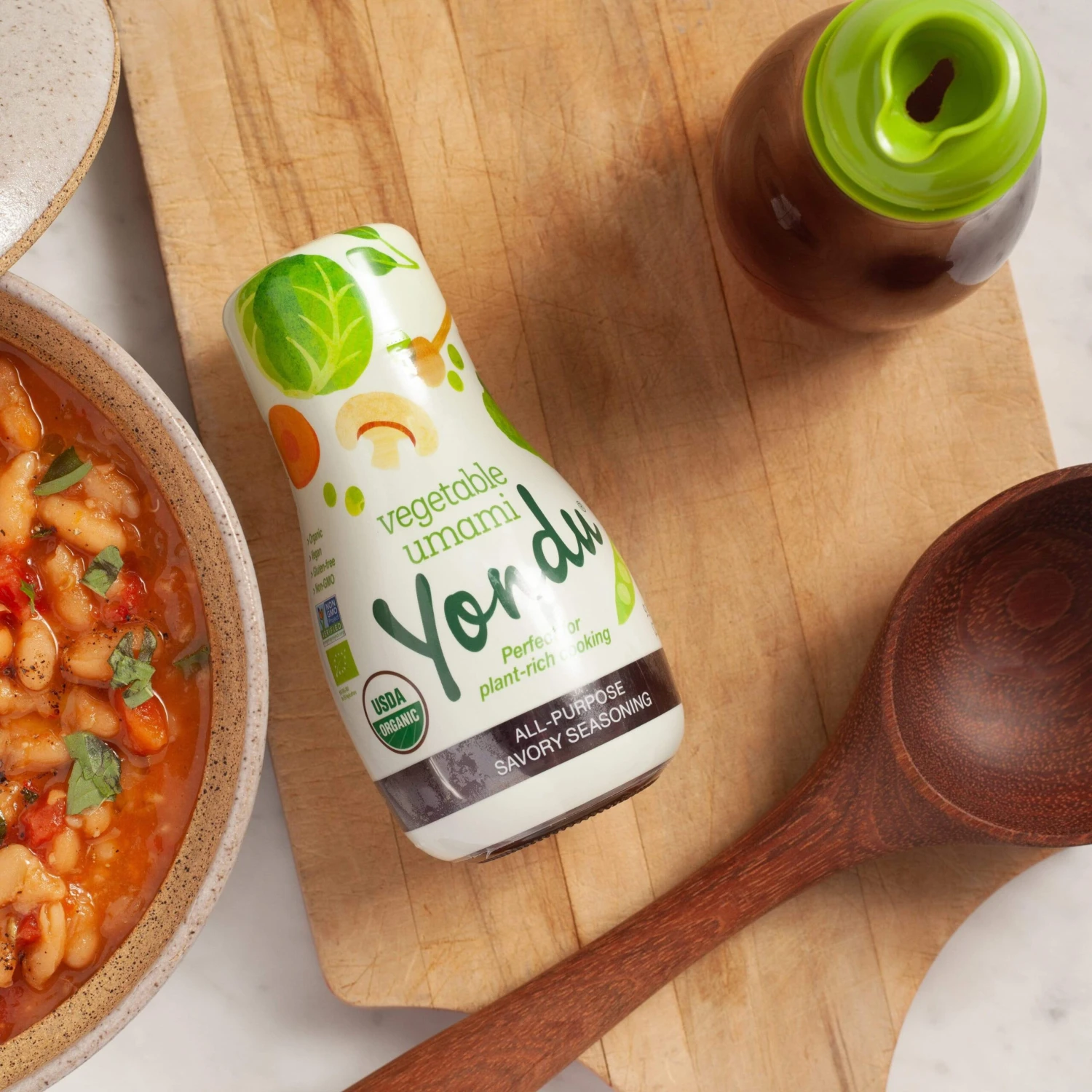

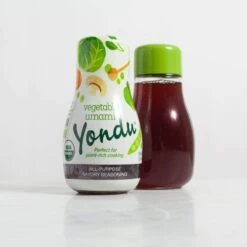


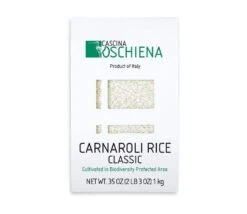
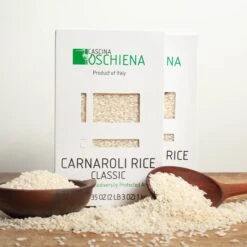













Reviews
There are no reviews yet.